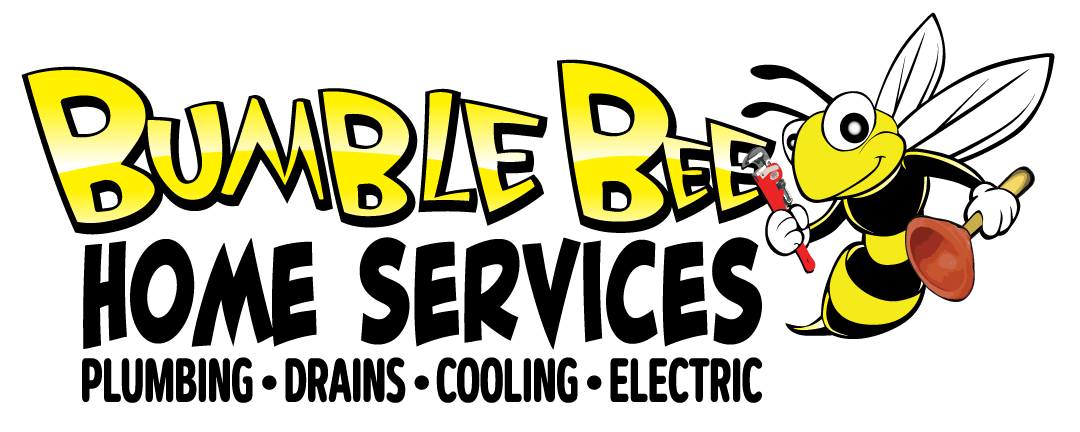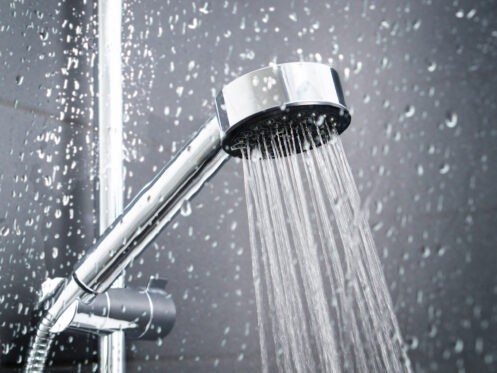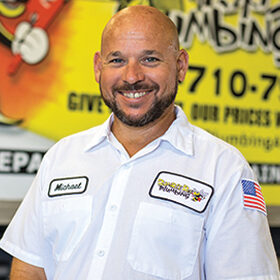Having issues with your shower can be rather annoying and cause disruptions to your regular routine. Both your shower’s operation and the comfort of your home depend on your quick attention to any difficulties that arise, such as a leaky showerhead or poor water pressure.
Low Water Pressure in Your Shower
If you have low water pressure, you may find that showering is a chore rather than a pleasure. The most common cause of this issue is a clogged showerhead, which you can easily fix by removing any mineral buildup. To clean your showerhead, disconnect it from the hose or wall and soak it in a mixture of water and vinegar in equal proportions for several hours. When used as directed, this solution can break down the mineral deposits obstructing the flow of water. Plumbing problems, like clogged pipes or a broken pressure regulator, can be to blame if the issue continues. When this happens, it’s important to get a plumber to check the pipes and apply the appropriate fix.
Fixing a Dripping Showerhead
Over time, a leaky showerhead can cause an increase in both water waste and utility costs. Worn-out or broken washers or O-rings inside the showerhead are the most common reasons for a leaking showerhead. In many cases, fixing the leak is as simple as replacing these tiny components. Before disassembling the showerhead, make sure the water is off in the shower. If any of the O-rings or washers seem broken or worn, replace them. If these accessories are still leaking after you’ve replaced them, the problem may lie with the shower valve. In this instance, you’ll either have to buy a new showerhead or call a plumber.
Resolving Inconsistent Water Temperature
The water temperature in your shower being all over the place is a major annoyance. In most cases, the mixing valve — which regulates the ratio of hot to cold water — is the source of the problem. Changing out the mixing valve is generally enough to fix the problem. To begin, disconnect the water supply to the shower and unscrew the trim and handle to reveal the valve. After you’ve found the access point, take out the old valve and put in the new one, making sure it fits your plumbing system. Improper installation might cause additional temperature fluctuations, so it’s best to employ a professional plumber if you’re not familiar with the process.
Unclogging a Blocked Shower Drain
Standing water in the shower, caused by a clogged drain, is both unsightly and unsanitary. Clogs typically originate from debris, such as hair or soap scum. Before you can unclog the drain, make sure it is clear of any visible debris. If the blockage continues, you might attempt to remove it with a plunger. A drain snake or auger can easily break apart and remove tough obstructions from deep within pipes. This is another process that you should leave in the hands of a plumber. To avoid further blockages, you might want to think about investing in a drain cover. The covers trap hair and other debris before it reaches the drain.
Repairing or Replacing Leaky Tub Faucets
A dripping tub faucet is another typical source of water waste and higher water bills. Wear and tear on the washer, cartridge or valve seat is the most common reason for this problem. The starting point in fixing a leaking tub faucet is to turn off the water supply. Then, take the faucet apart so that you can check for damage or wear. After replacing any worn components, like the cartridge or washer, put the faucet back together. You might need a plumber to replace the whole faucet if the leak persists after repairing the aforementioned parts.
Addressing Mold and Mildew in the Shower
The high amounts of moisture and humidity in showers make them ideal environments for the growth of mold and mildew. In addition to posing health dangers, some fungi can produce disagreeable odors. The first action in eliminating mildew and mold is to clean the affected areas with a commercial mold remover or a bleach and water solution. After a good scrub, wash the surfaces with fresh water. Use an exhaust fan or open the windows before, during and after showering to keep the bathroom well-ventilated and keep mold and mildew at bay. You can also reduce mildew and mold growth by drying surfaces after each use and regularly cleaning your shower.
Fixing a Shower Door That Won’t Close Properly
Water dripping out onto your bathroom floor from a shower door that won’t close correctly can cause damage. It also poses a major sliding risk. Misaligned hinges or a broken door seal are common culprits in causing this problem. Tightening the screws on the hinges should be the initial step in fixing it. Adjusting the hinges or replacing damaged ones might be necessary if the door is still out of alignment. To make sure the door seal is watertight, look for damage or cracks and replace it if needed.
Replacing a Faulty Shower Diverter Valve
When your shower’s diverter valve is malfunctioning, water won’t be able to flow efficiently from the showerhead to the bathtub spout. The first step in replacing a broken diverter valve is to cut off the water supply to the shower. To get to the valve, take off the trim and the handle. Remove the old diverter valve and replace it with a new one using a wrench. Before putting the handle and trim back together, make sure the replacement valve is tight. Hire a plumber to replace the valve properly if you aren’t confident in your abilities to do it yourself.
Dealing With Noisy Pipes When Using the Shower
Noisy pipes, also called “water hammer,” happen when water pressure abruptly drops, forcing the pipes to slam against one another or the walls. Water hammer arrestors, which take the impact and silence the noise, are the solution to this problem. To further reduce movement and noise, you can have a plumber install pipe straps or insulating sleeves to fasten any slack pipes. The longer time the noise continues, the more likely it is that there is a more significant problem with your plumbing system.
How to Stop a Shower Floor From Leaking
Damage to your bathroom and its surroundings might be extensive if the shower floor leaks. Before you can fix a leaking shower floor, you need to find out where the water is coming from. This is usually because of broken tiles, grout or a damaged shower pan. You’ll need to patch up any obvious holes in the tile or grout and reseal the affected area to keep water out. If the shower pan is in any way damaged, a plumber may need to replace it to have a waterproof seal.
Bumble Bee Home Services has extensive experience in handling common problems with showers and bathroom plumbing. We also provide kitchen plumbing services, water main repairs, water heater installations, drain cleaning, sewer line maintenance and much more. Contact us today to schedule a shower repair in Glendale, AZ.



